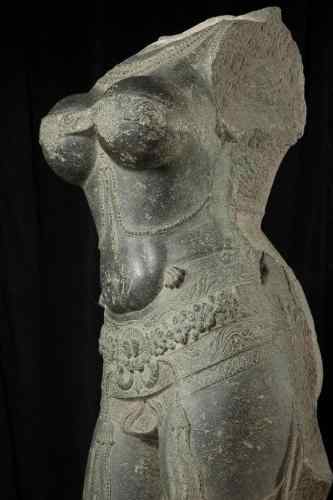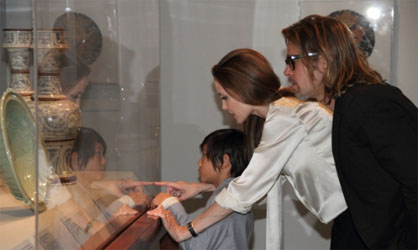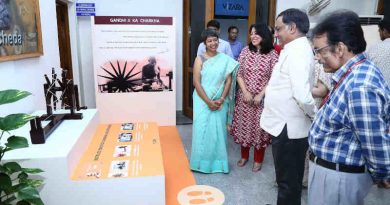Gorgeous Exhibition Explores the Extremes of Beauty

A selection of 72 artworks drawn from the collections of the Asian Art Museum and the San Francisco Museum of Modern Art (SFMOMA) challenges visitors to confront the extremes and the ambiguities of beauty in the special exhibition Gorgeous.
On view June 20 through Sept. 14, 2014, at the Asian Art Museum, the exhibition is organized in partnership with SFMOMA as part of SFMOMA’s On the Go program.
It is an ambitious multiyear off-site programming effort presented while its building is closed for expansion construction.
Featuring an extraordinary mix of objects, Gorgeous spans more than 2,200 years and dozens of cultures to bring together artworks that, in a variety of ways, extend beyond conventional notions of beauty.
Presenting these paintings, sculptures, photographs, design objects and drawings in new and unexpected contexts, the exhibition aims to stimulate viewers to examine their ideas of what it means for something to be gorgeous.
As a starting point, the curators have suggested fluid groupings in which the artworks might be assembled. Those groupings are titled “Seduction,” “Dress Up,” “Pose,” “In Bounds,” “Danger,” “Beyond Imperfection,” “Reiteration,” “Fantasy,” “Evocation” and “On Reflection.”
But many works could fit under more than one heading, and the unexpected groupings on view represent just a few of many possibilities.
The objects in Gorgeous are not easily categorized, and embracing their resistance to classification is an essential part of the project.
The exhibition goes beyond traditional debate about the nature of beauty, and is not meant to provide a contrast of “East” and “West.” Instead, it aims to engage visitors in an ongoing conversation about what makes something not merely beautiful but gorgeous.
The exhibition is accompanied by a lively magazine-style catalogue with entries by the Asian Art Museum curators; essays by Harding, Haskell and McGill; and additional essays by Pulitzer Prize nominee Lawrence Weschler (director emeritus of the New York Institute for the Humanities of NYU) and frequent New York Times contributor Christy Wampole (assistant professor of French at Princeton University).





